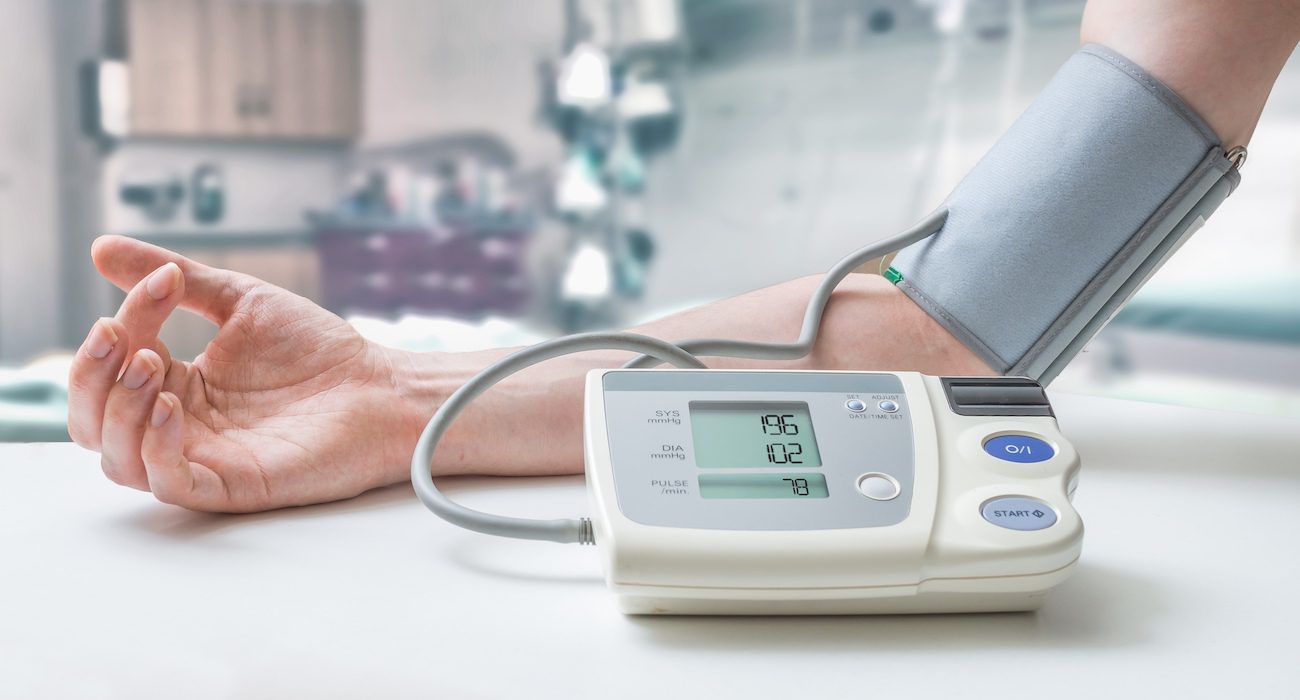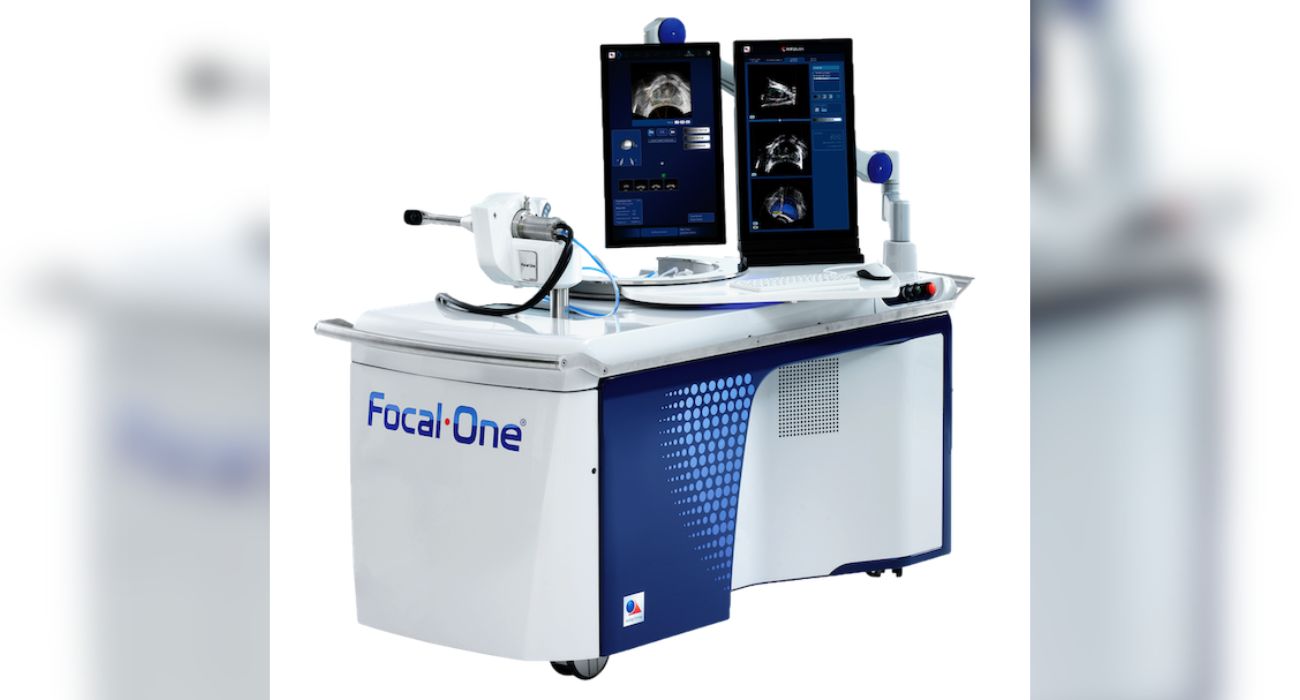A study recently presented at an event organized by the American Heart Association has questioned the conventional way of measuring patients’ blood pressure.
Medical professionals usually check their patients’ blood pressure while their patients are seated, with measurements typically yielding insight into their risk of heart failure, stroke, and coronary heart disease.
A person has hypertension when their blood pressure rate is 140/90 mmHg or higher, according to the World Health Organization.
The first number indicates the systolic blood pressure, which refers to how much pressure is in the arteries when the heart beats. The second number measures the diastolic blood pressure, which indicates the pressure in the arteries when the heart is at rest between beats. A healthy reading for a person is 120/80 mmHg.
Many things can increase a person’s risk of having high blood pressure, such as genetics, consuming a high-salt diet, drinking too much alcohol, and being overweight or obese.
Obesity is increasingly prevalent in the United States. It can lead to various negative health outcomes, including type 2 diabetes, heart disease, certain types of cancers, depression, and more, as extensively covered by The Dallas Express.
The researchers who presented their findings at a session of the American Heart Association event questioned whether the conventional way of testing for hypertension was giving an adequate understanding of a person’s heart health.
For instance, some people allegedly demonstrate high blood pressure only when tested while lying down.
It was found that people who demonstrate high blood pressure only when lying down — 16% of the 11,369 study participants — face similar risks for heart disease, stroke, and other severe conditions as those presenting with high blood pressure in tests taken while sitting up and lying down.
The vast majority (74%) of patients with high blood pressure measured as such during both readings.
Since people in both groups faced similar risks for heart-related issues, some medical professionals have pointed out that the study — although not yet peer-reviewed — indicates conventional blood pressure tests might be inadequate.
For instance, California-based cardiologist Dr. Michael Broukhim told Medical News Today, “This study demonstrates that measuring seated blood pressures may miss hypertension in a significant proportion of middle-aged adults.”
At the same time, changing the existing protocol by taking blood pressure measurements while patients lie down may not be straightforward in all settings.
Many doctors — especially those in primary care — already face time constraints and may find adding the practice to their current screening protocols challenging.
“[Clinicians are] often employed by integrated healthcare systems who monitor the numbers of patients that are seen on a regular basis and make assessments of their reimbursement based on a 15-minute conventional visit,” Dr. Keith C. Ferdinand, professor of medicine at Tulane University, told MNT.
Nonetheless, considering that heart disease is the leading cause of death in the United States, diagnosing high blood pressure and initiating treatment protocols and lifestyle changes are key to curbing early death.






